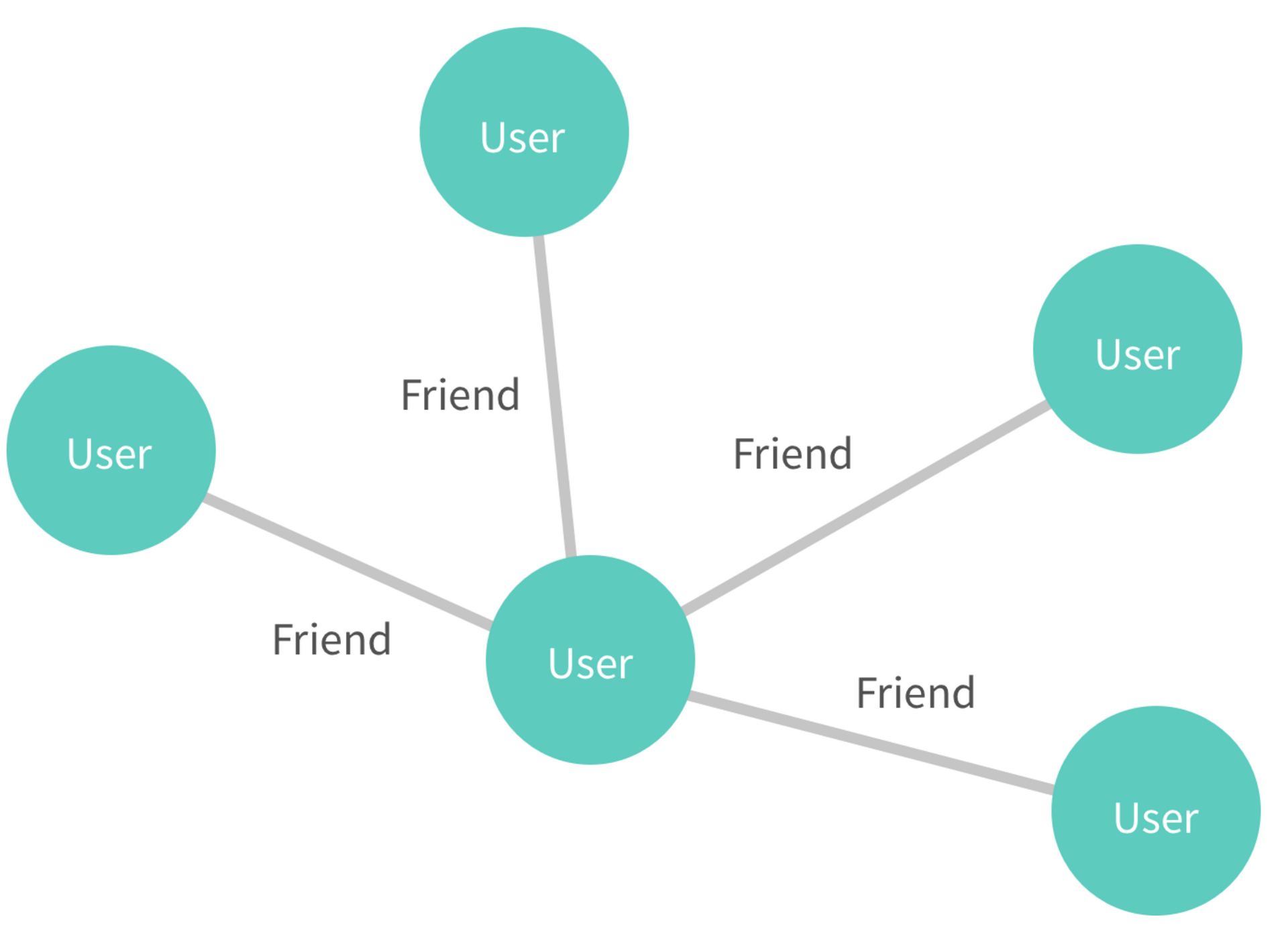Connection
A connection is a collection of objects with metadata such as edges, pageInfo...
- It is effectively the edges, and the metadata associated with their environment.
pageInfowill containhasNextPage,hasPreviousPage,startCursor,endCursorhasNextPagewill tell us if there are more edges available, or if we’ve reached the end of this connection.
A connection is a paginated field on an object — for example, the friends field on a user or the comments field on a blog post.
- very similar to cursor-based pagination.
Connections are made up of edges, but a connection is more than just that, since it also contains metadata about the group of edges, such as pageInfo, which gives us pagination info (ex. what the most recent cursor was, if there is another page or not, etc)
 In the above image, the connections would be all of the grey lines together as one.
In the above image, the connections would be all of the grey lines together as one.
We might define our User type like this:
type User {
id: ID!
name: String
friendsConnection(
first: Int,
after: String,
last: Int,
before: String
): UserFriendsConnection
}
This might lead to a query like so:
{
user(id: "ZW5jaG9kZSBIZWxsb1dvcmxk") {
id
name
friendsConnection(first: 3) {
edges {
cursor
node {
id
name
}
}
}
}
}
A connection is a way to get all of the nodes that are connected to another node in a specific way
- In this case we want to get all of the nodes connected to our users that are friends. Another connection might be between a user node to all of the posts that they liked.
A connection is by nature an abstract concept, and it is difficult to think about. An edge makes sense, because we can think of a user having a friendship with another user, or we think of a user authoring a post.
A connection type may look like so:
type UserFriendsConnection {
pageInfo: PageInfo!
edges: [UserFriendsEdge]
}